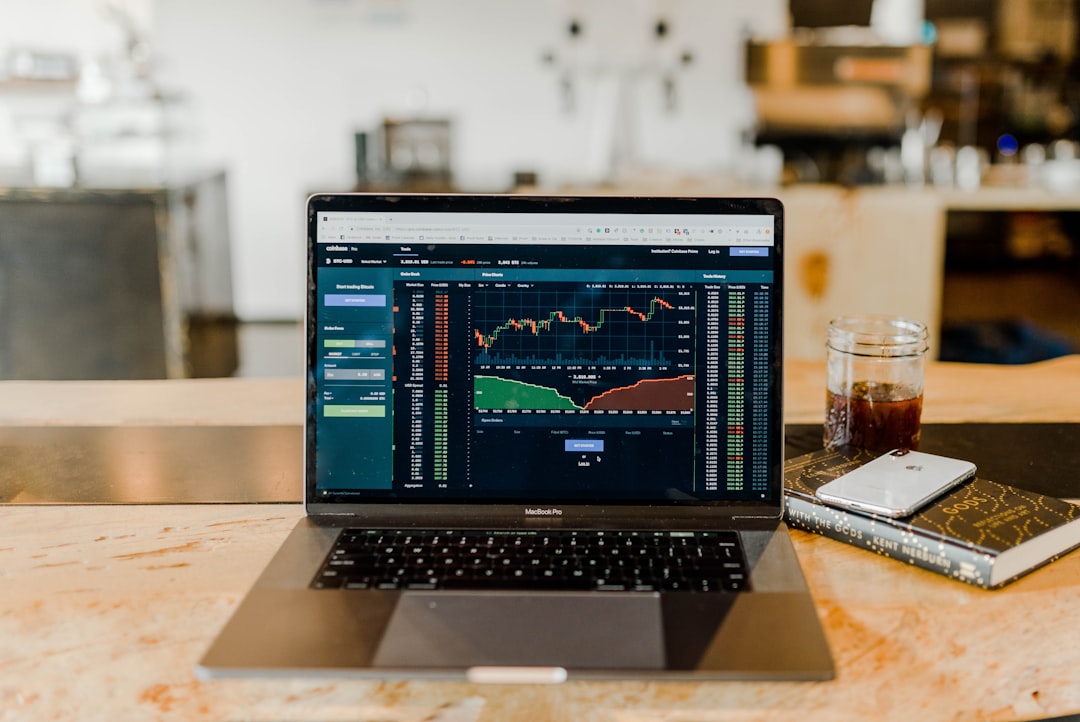
It’s been a bruising week for U.S. equities, with market sentiment taking a severe hit after President Trump’s sweeping tariff policy sent shockwaves through global financial markets. The S&P 500 is now down 17% from its February high, marking one of the most devastating two-day selloffs in history—only surpassed by the crashes of 1987, 2008, and the early pandemic panic of 2020.
Market Breakdown
After the brutal tariff announcement, signs of market capitulation quickly emerged. UBS noted that volatility has spiked while investor sentiment has plummeted. “Volatility has spiked, investor sentiment is terrible, and positioning is getting depressed,” said David Lefkowitz, CIO Head of U.S. equities at UBS. Amid this panic, the probability of a rally has increased—if any positive headlines break through—but many fear such gains may be short-lived if tariff policies remain unchanged.
The recent selloff wiped out trillions of dollars in market value, underscoring the severity of the shock. Investors are now faced with a delicate balance: while a dramatic decline in the S&P 500 could trigger what some refer to as the “Fed put” (monetary easing by the Federal Reserve), the current environment could also set the stage for deeper, prolonged market struggles.
Tariff Impact and Policy Uncertainty
President Trump’s new tariff measures are reshaping the global trading landscape. With reciprocal import duties now set at levels that many analysts describe as the highest in over a century, U.S. trade policy has effectively taken a hard turn towards protectionism. This shift not only poses significant risks to companies reliant on global supply chains but also threatens to dampen both consumer and corporate spending.
The magnitude of the tariff shock has been so pronounced that it’s been labeled as the “largest tax increase for U.S. consumers since the Vietnam War.” For U.S. companies that have thrived on international supply chains and low-cost labor, these tariffs are proving to be a double-edged sword—potentially eroding profit margins just as they upend long-established trading relationships.
Investor Sentiment and Market Opportunities
Amid the widespread panic, UBS strategists believe that the high levels of volatility and depressed positioning are paving the way for potential short-term rebounds. However, any rally’s durability will largely depend on a clear shift in tariff policy or a significant easing of trade tensions. Until then, the risk of a prolonged downturn, possibly leading to a recession, remains high.
For those eager to gauge the pulse of market trading during these turbulent times, real-time insights can be invaluable. Investors can monitor the surge in trading activity amid the selloff using the Market Most Active endpoint, which provides up-to-the-minute data on the most actively traded stocks—offering a window into the broader market’s response to the ongoing turmoil.
Conclusion
The staggering losses witnessed this week have shattered investor confidence and raised serious questions about the path forward. With U.S. equities now significantly off their February peaks, and the backdrop of aggressive tariff policies intensifying global trade friction, market participants are left with a hard choice: brace for further declines or hope for a swift policy reversal that could spark a short-term rebound.
As uncertainty continues to loom large, keeping a close watch on market activity and investor sentiment will be essential for navigating these choppy waters. The coming days will be critical in determining whether the market can stabilize or if we’re headed toward a deeper economic slowdown.
At CWEB, we are always looking to expand our network of strategic investors and partners. If you're interested in exploring investment opportunities or discussing potential partnerships and serious inquiries. Contact: jacque@cweb.com

